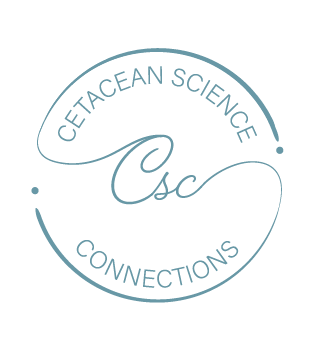#FinIDatSea
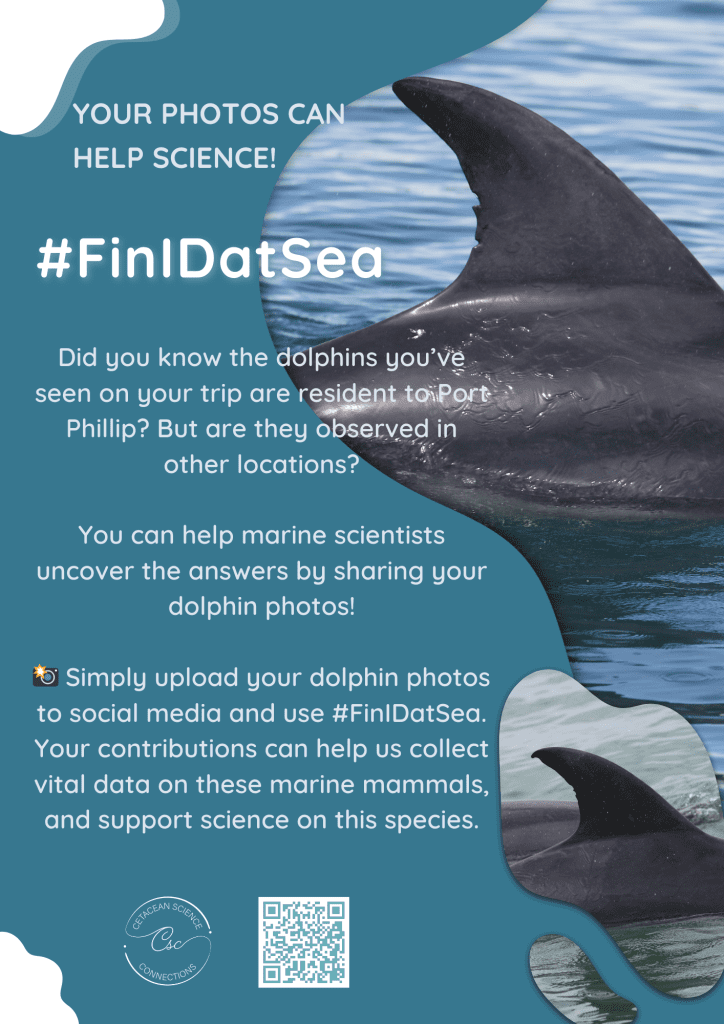
Turn Your Dolphin Photos Into Science!
Loved spotting dolphins on a recent ecotourism or ferry trip? If you’ve taken an amazing photo, it could do more than impress your friends – it could help scientists!
#FinIDatSea is a relaxed citizen science project that lets you share your dolphin photos with researchers. Photos from passengers and crew on tour boats and ferries, which often travel the same routes, can provide valuable data for studying these incredible animals.
Join us in supporting dolphin science – your citizen science photos can make a difference!
Why would a scientist want my images?
As scientists, we maintain identification catalogues to study cetaceans. These catalogues help answer key questions, such as:
• How far do individual animals travel?
• How large are their communities?
• Are certain animals residents in specific areas?
By analysing your citizen science images, we gain valuable insights into the lives and behaviours of these incredible creatures.
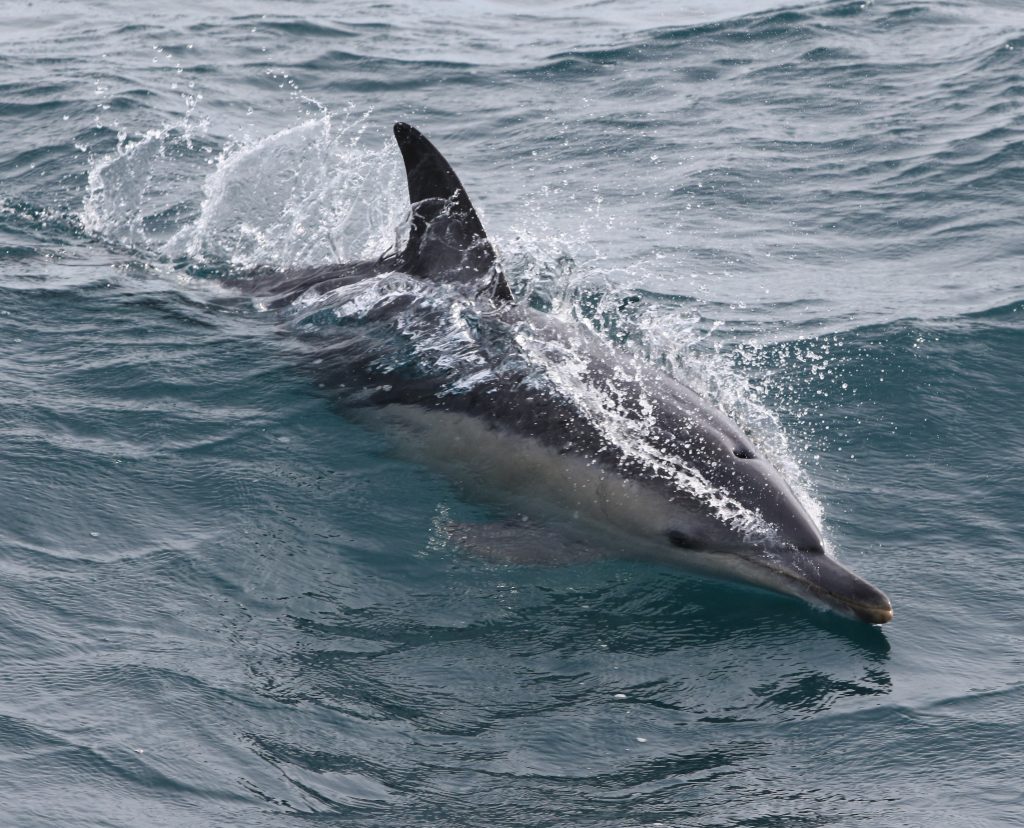
Common dolphin – photo taken whilst onboard Wildlife Coast Cruises
How can a scientist see my images?
To help scientists, use the hashtag #finIDatsea when you share your images on Instagram or other social media. Local cetacean scientists will keep an eye on this hashtag and might reach out to you if your post interests them.
Why only ecotourism trips or ferries?
There are strict rules for getting close to whales and dolphins. Authorized whale and dolphin tour boats have a special permit that allows them to be closer to marine mammals than regular boats or jet skis.
A couple of caveats though.
To be of use to a scientist, the image must:
> Be taken from one of the Port Phillip dolphin swim tours – Polperro, Moonraker or SeaAll dolphin swims – Wildlife Coast Cruises boats or SeaRoad Ferries.
> Include the correct date, time and GPS location in the metadata
> Be available in high-resolution
The dolphin/s and the dorsal fin/s should
> Fill a considerable proportion of the image frame prior to cropping
> Be perpendicular to the camera
> Be in focus
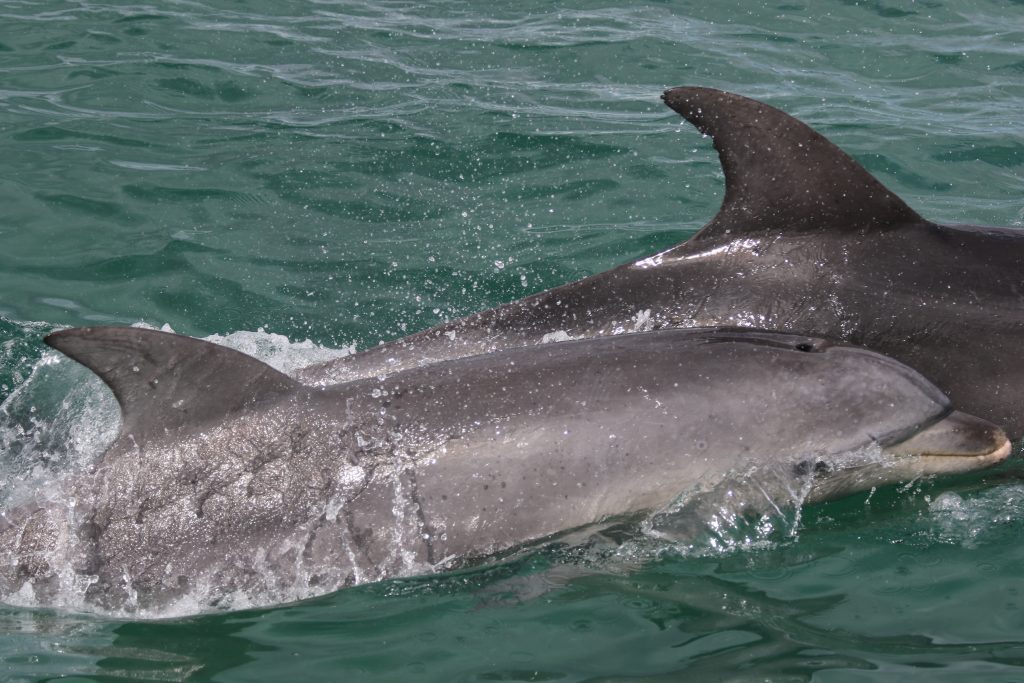
Bottlenose dolphins, image taken during a Moonraker dolphin swim trip
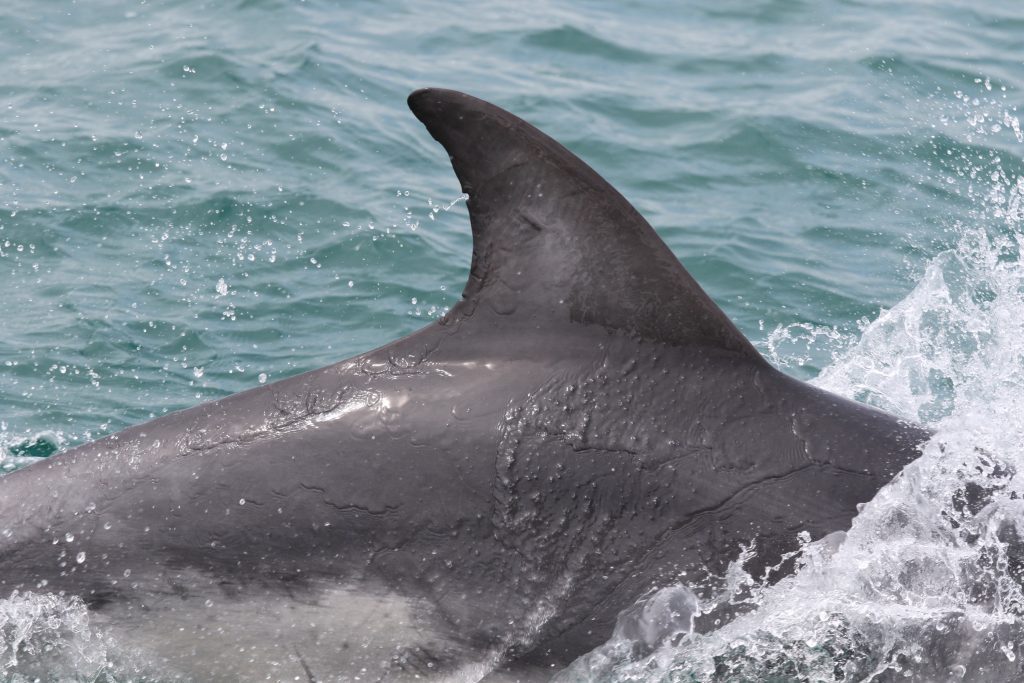
Bottlenose dolphin image taken during a Moonraker dolphin swim trip
Why the dorsal fin?
As scientists, we look for the nicks and notches that occur over time due to interactions and injuries of the trailing edge of the dolphin’s dorsal fin. To us, these dorsal fin features are like a human’s fingerprint and we can use these features to identify individual dolphins.
What might the scientist want?
Sighting details that are of interest to the scientists are:
> Date and time
> Departure location and tour boat
> GPS details – usually in image metadata
The scientists will DM you if your citizen science images are of interest to the project.
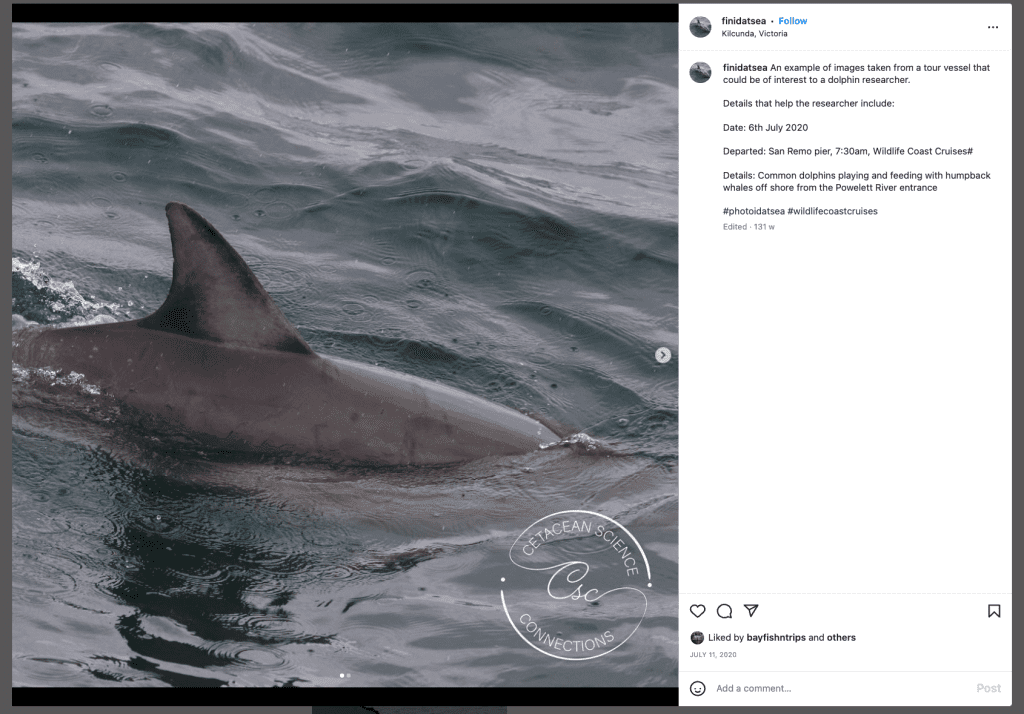
An example of an Instagram with #FinIDatSea
Remember to tag your images when you upload them to Instagram or other social media #FinIDatSea
